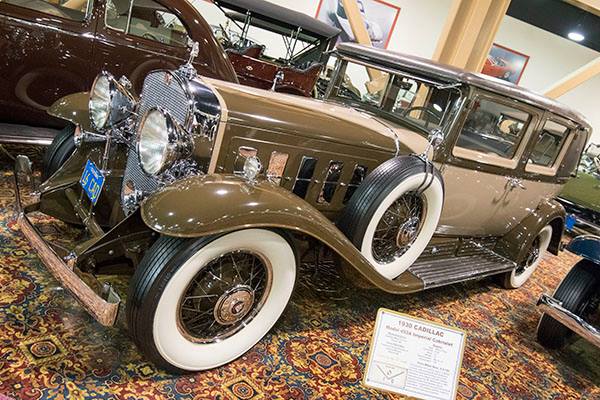Our tiny motorcycle world is flooded with hyper-ventilating products. We are spoiled for choice in both gear and bike models to suit an unfathomable number of riding styles, lifestyles and hairstyles. Motorcycle manufacturers pour increasing amounts of capitol into chasing an aging, dwindling ridership. Adrift, bike makers are doubling down on complexity and exclusivity combined with rich textures and finishes. It’s a Corinthian Leather approach to motorcycling that didn’t work for the Chrysler Cordoba, either. The same technology that helps keep computer memory exponentially increasing allows builders to make a (nearly) unique motorcycle for each and every one of us, for a price. It’s still not working for me.
I don’t understand the desires of today’s motorcyclist. I don’t value the things they value and I don’t even understand the conversation when they start talking farkles. To me, farkles are things that break off in a crash. Big, heavy, cluttered motorcycles are the popular choice amongst riders. Riders like massive, unusable power tamed by tinker-toy mystery boxes and acres of plastic covering automotive-quality mechanicals. Strip the faring off of a modern motorcycle and gaze at the industrial wreckage: That’s not why I got into motorcycles, man.
The last time a motorcycle manufacturer spoke to me was in the early 1980’s, by, of all people, Honda. You guys know I’m pretty hard on Honda. Their recent offerings have been bland and sensible, but there was a time when Honda built some of the most desirable motorcycles in the world.

We have lost the ability to be surprised in this Internet age but in 1983 I walked into San Diego’s Fun Bike Center and ran head first into Honda’s new XL600R. I was blindsided by its superiority over every motorcycle I had ever owned. A pulsing red mist settled in over my eyes. With its long travel mono-shock suspension and potent 600cc single-cylinder engine it was not only perfect for dirt, but the semi powerful disc front brake allowed the XL to do a damn good impression of a sport bike on the pavement. Ask that guy riding the Ninja 600 on Palomar Mountain.
I had to have one right now. With $2000 dollars in my bank account I drained that sucker dry and started pitching the deal to area dealerships. The downtown Honda dealer bit and later the next day I was flat broke but invincible.
The bike was a revelation. Trails that I bounced over at 45 miles per hour were now smooth and level at 70 miles per hour. I could go so fast (95 mph!) in the dirt I was overshooting familiar corners. Dry riverbeds became desert freeways. The bike demanded a recalibration of all my senses and a new riding style. It didn’t like pussy-footing around. You had to slide way up on the gas tank and make every move a hard, aggressive move. Kick starting it was a pain but the endless wheelies and powerslides made it all worthwhile. I put 70,000 miles on the XL600. Sadly the engine reliability wasn’t equal to its overall brilliance. I had to rebuild the engine three times.

I look at the zillions of new motorcycle models and none of them fire my passion like that ’83 XL600R. There is one bike though, one bike that almost duplicates that long-ago blood-lust and oddly enough it’s another Honda. The new CRF450L. At $10,000 I wont be rushing down to the Honda dealer with cash in hand like 1983. I’m older and wiser now, and I may not be able to recalibrate my senses.






























